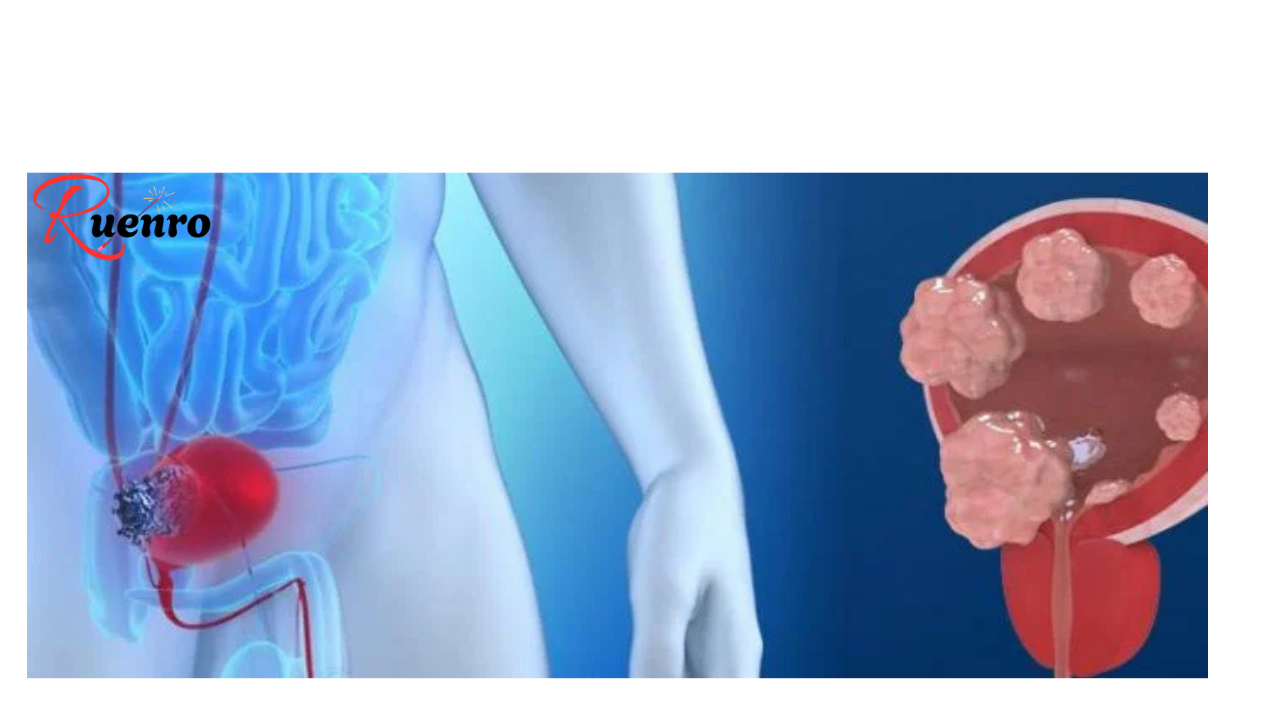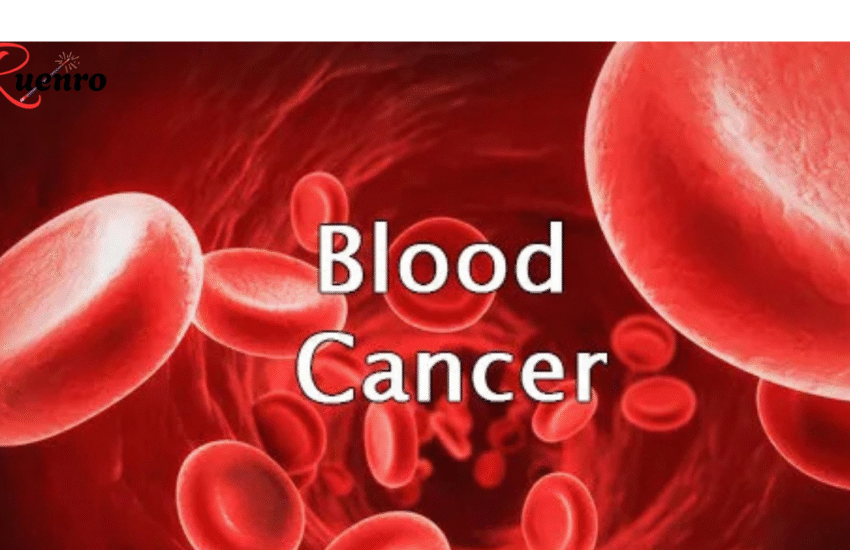5 Warning Signs of Bladder Cancer You Should Never Ignore
Bladder cancer is one of the most common cancers affecting both men and women, especially those over the age of 50. The bladder, which stores urine before it leaves the body, can develop cancerous cells that grow uncontrollably.
The good news is that bladder cancer is highly treatable when detected early. However, its early symptoms are often subtle and mistaken for less serious conditions such as urinary tract infections (UTIs) or kidney stones. Recognizing the warning signs early could save your life.
Here are the five most common warning signs of bladder cancer you should never ignore.
1. Blood in the Urine (Hematuria)
The most frequent and noticeable early symptom of bladder cancer is blood in the urine.
- What it looks like:
Your urine may appear pink, orange, rusty brown, or even bright red. In some cases, the blood may not be visible to the naked eye but can be detected under a microscope during a urine test. - Why it happens:
As bladder tumors grow, they can damage blood vessels in the lining of the bladder, causing bleeding into the urine. - Important note:
The bleeding may come and go — you might notice it one day, then it disappears for weeks or months. However, even if the blood goes away, the underlying problem remains. - When to see a doctor:
Any sign of blood in your urine — even once — should be checked by a healthcare professional. Don’t assume it’s just a urinary infection or that it will pass.
2. Frequent or Painful Urination
Changes in your urination habits are another major warning sign.
- What to watch for:
- Needing to urinate more often than usual.
- Feeling an urgent need to urinate even when the bladder isn’t full.
- Pain, burning, or stinging during urination (similar to a UTI).
- Why it happens:
When a tumor irritates the bladder lining or blocks urine flow, it causes inflammation and discomfort. This can feel like an infection but doesn’t improve with antibiotics. - When to act:
If you experience ongoing urinary discomfort, frequency, or urgency without infection or despite treatment, it’s time to ask for further testing.
3. Lower Back or Pelvic Pain
Persistent pain in the lower back, hips, or pelvic area can be a sign that bladder cancer has grown or spread beyond the bladder.
- What it feels like:
A dull ache or pressure in the lower abdomen or one side of the back.
The pain can be constant or come and go. - Why it happens:
As cancer progresses, it can press against nearby organs or nerves, causing localized pain. - When to act:
If you have ongoing pelvic or back pain without injury, especially when combined with urinary symptoms, consult your doctor.
4. Changes in Bladder Control
Difficulty holding urine or feeling like you can’t fully empty your bladder may also signal bladder problems.
- Common symptoms:
- Leakage or incontinence.
- Trouble starting urination.
- A weak urine stream.
- Feeling like you still need to go even after urinating.
- Why it happens:
Tumors can obstruct urine flow or interfere with the nerves that control bladder muscles. - When to act:
These symptoms can mimic benign conditions like prostate enlargement (in men) or overactive bladder (in women), but if they persist or worsen, further testing is necessary.
5. Unexplained Weight Loss, Fatigue, or Swelling
As with many cancers, unexplained changes in your overall health can also indicate bladder cancer that has advanced.
- What to look for:
- Ongoing fatigue or weakness.
- Loss of appetite and unintentional weight loss.
- Swelling in the feet or legs (edema).
- Why it happens:
Cancer cells use up the body’s nutrients, and tumors may block the flow of fluids, leading to swelling. These symptoms often appear in later stages but shouldn’t be ignored. - When to act:
Persistent tiredness or weight loss without a clear reason always warrants a medical check-up.
⚠️ Other Possible Symptoms
While the five signs above are the most common, there are other symptoms that might indicate bladder issues, including:
- Recurrent urinary infections that don’t respond to antibiotics.
- Pain during sexual intercourse.
- Blood clots in the urine.
These symptoms don’t always mean cancer, but they should never be dismissed.
🧬 Who’s at Risk for Bladder Cancer?
Certain factors can increase your chances of developing bladder cancer:
- Smoking – The biggest risk factor. Chemicals in tobacco smoke enter the bloodstream and are filtered into urine, where they damage bladder cells.
- Chemical exposure – People who work with dyes, rubber, leather, or certain industrial chemicals have a higher risk.
- Age and gender – It’s more common in people over 55 and in men.
- Chronic bladder irritation – Long-term infections or use of catheters can raise risk.
- Family history – Having relatives with bladder cancer increases susceptibility.
🧪 How Is Bladder Cancer Diagnosed?
If your doctor suspects bladder cancer, they may order the following tests:
- Urine tests – To detect blood or cancer cells.
- Cystoscopy – A thin tube with a camera is inserted into the bladder to look for abnormal growths.
- Imaging scans – Ultrasound, CT, or MRI scans show detailed images of the urinary tract.
- Biopsy – A small tissue sample is taken to confirm cancer presence and type.
Early detection dramatically improves treatment outcomes.
🩺 Treatment Options
Treatment depends on how advanced the cancer is, but common approaches include:
- Surgery – To remove tumors or, in some cases, part or all of the bladder.
- Immunotherapy – Medications that help your immune system fight cancer cells.
- Chemotherapy or radiation therapy – Used before or after surgery to kill remaining cancer cells or shrink tumors.
Your healthcare team will tailor the treatment plan based on your condition and overall health.
💡 Prevention Tips
While not all cases are preventable, you can reduce your risk by:
- Quitting smoking immediately.
- Drinking plenty of water to flush toxins from the bladder.
- Eating a diet rich in fruits and vegetables.
- Avoiding exposure to harmful chemicals at work (use protective gear).
- Getting regular check-ups, especially if you have risk factors.
🧠 Final Thoughts
Bladder cancer may not always make headlines, but it’s more common — and more serious — than most people realize. The key to surviving bladder cancer is early detection.
If you notice blood in your urine, persistent pain while urinating, or any changes in your bladder habits, don’t ignore them or self-diagnose. These could be your body’s way of sounding the alarm.
See your doctor, ask for a urine test or cystoscopy, and get answers early. With prompt diagnosis and treatment, bladder cancer is one of the most treatable forms of cancer.
Your health is too important to risk — listen to the warning signs before it’s too late.



